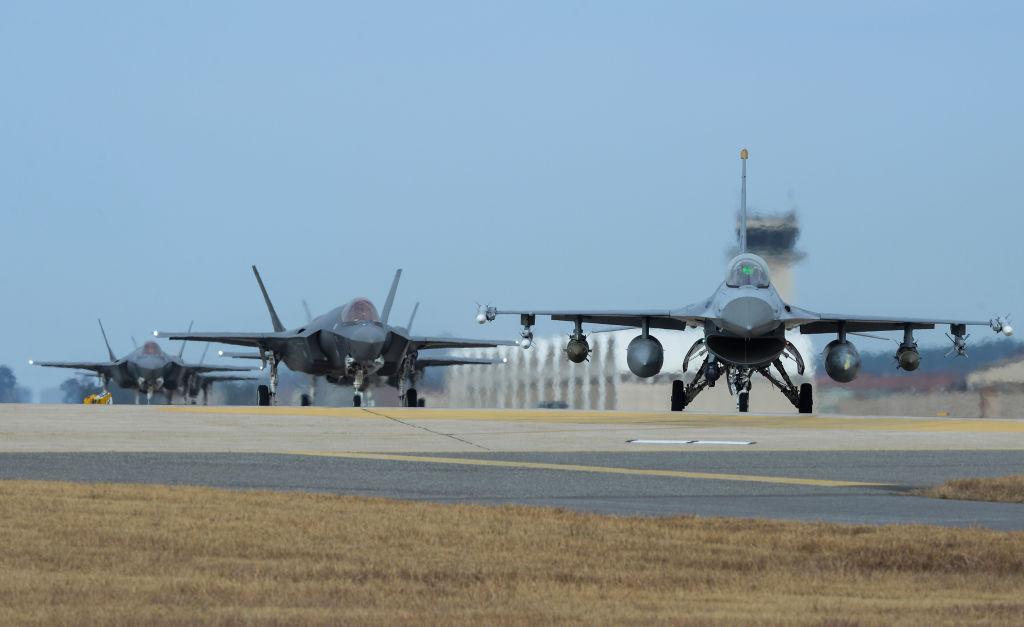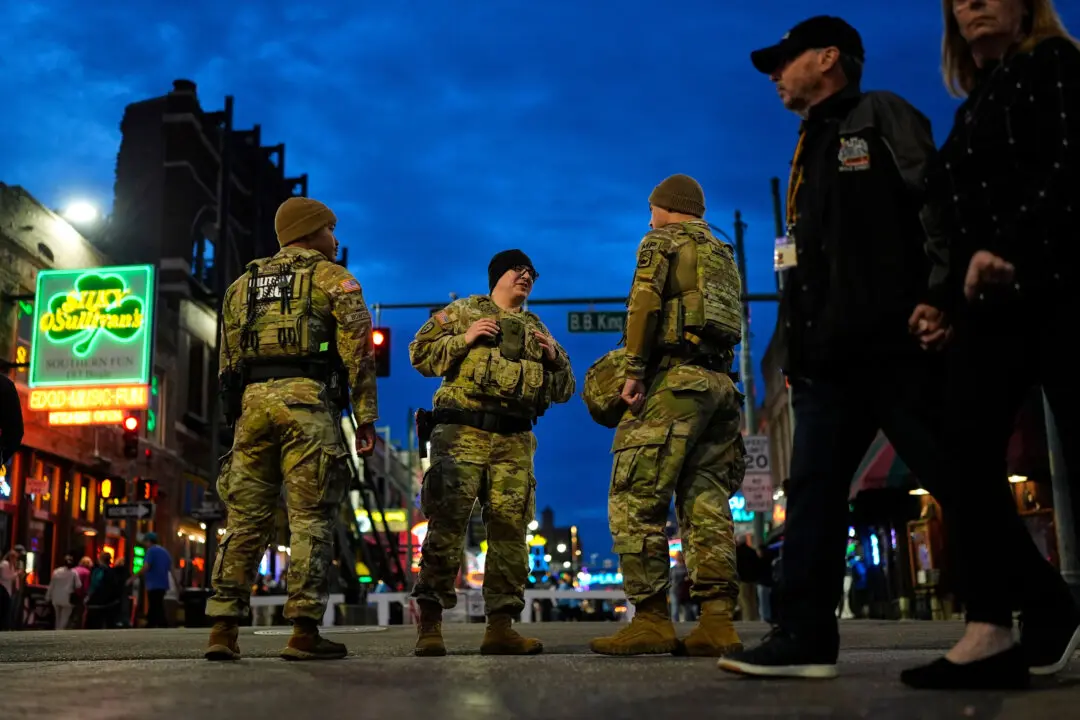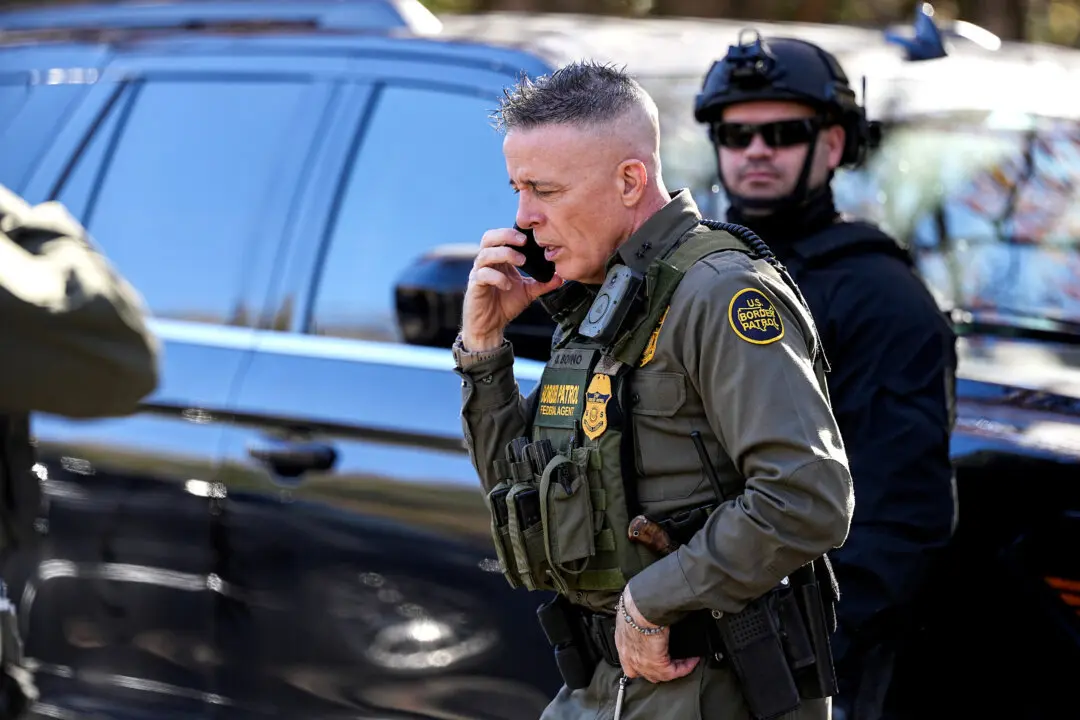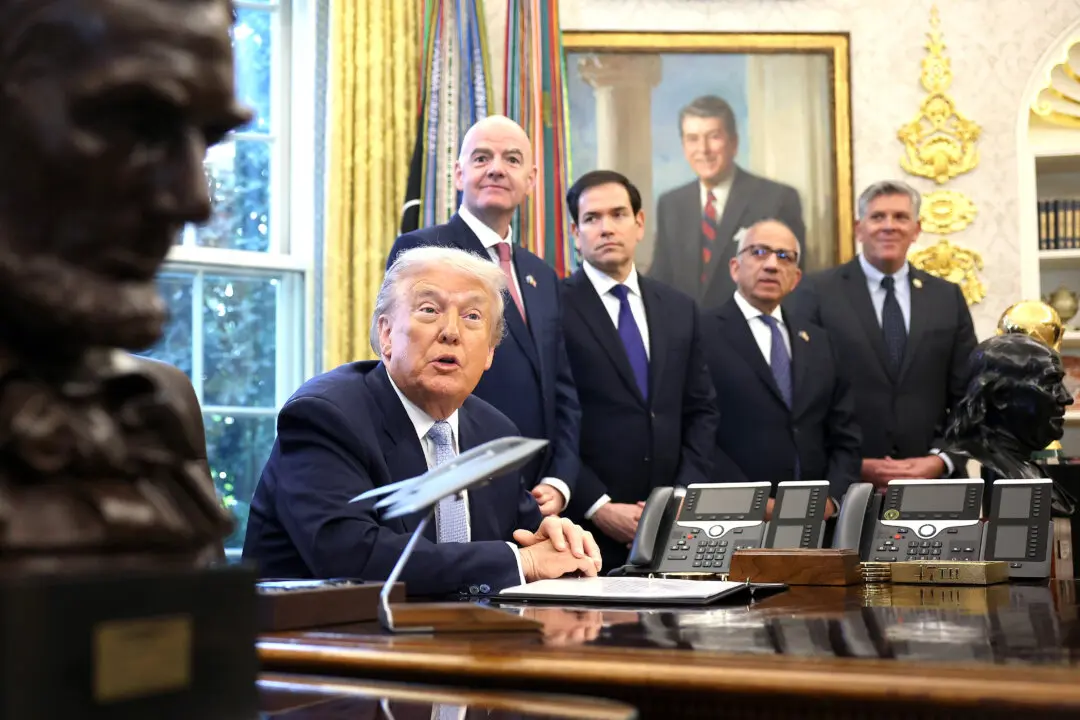The U.S. Forces Korea (USFK) said Tuesday that it has increased air defense exercises in South Korea, after speculations that North Korea had used an intercontinental ballistic missile (ICBM) system in its recent tests.
USFK said that its 35th air defense artillery brigade has recently increased the intensity of its certification exercise as a demonstration of the forces’ capabilities and commitment to defend South Korea against any threat or adversary.





